December 4, 2017
Podcast: From office to imaginariums, with Antony Slumbers
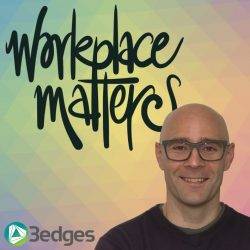 In episode 14 of Workplace Matters, I am joined by Antony Slumbers, history of art graduate-cum-proptech entrepreneur, futurist and digital advocate. In a wide-ranging discussion which includes the inevitable advance of computer processing capability and artificial intelligence, Antony explains why the only option for future business success is to embrace our digital future. Making links to how this will impact upon our workplaces, Antony and I explore many of the points he made in this Work&Place article from earlier this year leading to a bold assertion: the office is dead, so it’s time to think differently.
In episode 14 of Workplace Matters, I am joined by Antony Slumbers, history of art graduate-cum-proptech entrepreneur, futurist and digital advocate. In a wide-ranging discussion which includes the inevitable advance of computer processing capability and artificial intelligence, Antony explains why the only option for future business success is to embrace our digital future. Making links to how this will impact upon our workplaces, Antony and I explore many of the points he made in this Work&Place article from earlier this year leading to a bold assertion: the office is dead, so it’s time to think differently.







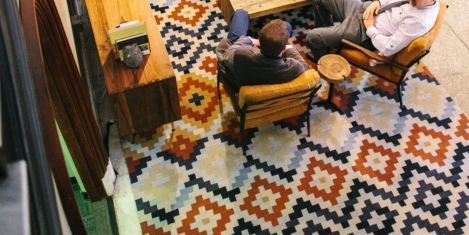
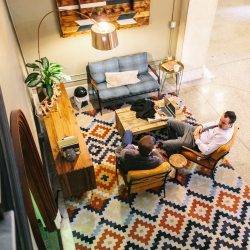
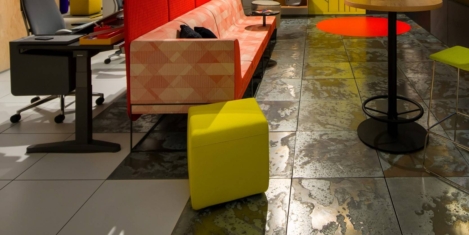
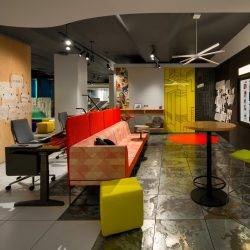

 Despite recent figures indicating that work productivity is down in Britain, the UK remains a highly attractive country for employers and employees based on a combination of talent, location, quality of life and cost, according to the latest edition of Colliers International’s European Cities of Influence report. The analysis of 50 major European economic cities for employers saw London retain its top position, with all other UK cities in the analysis featuring in the top 20 (Birmingham, Edinburgh, Manchester, Bristol and Glasgow).The report finds that quality of life factors are important to accelerate business and attract talent with the research revealing that the nature of workplace strategy is evolving so rapidly that keeping up — let alone staying ahead of the curve — can be a challenge. Employers are now focused on creating a workplace that can attract and retain talent by incorporating co-working and collaborative facilities, flexible working options and ingraining a healthy mindset. With the onus on keeping employees happy and productive, the design and utilization of the workplace is helping to accelerate business productivity more than ever before.
Despite recent figures indicating that work productivity is down in Britain, the UK remains a highly attractive country for employers and employees based on a combination of talent, location, quality of life and cost, according to the latest edition of Colliers International’s European Cities of Influence report. The analysis of 50 major European economic cities for employers saw London retain its top position, with all other UK cities in the analysis featuring in the top 20 (Birmingham, Edinburgh, Manchester, Bristol and Glasgow).The report finds that quality of life factors are important to accelerate business and attract talent with the research revealing that the nature of workplace strategy is evolving so rapidly that keeping up — let alone staying ahead of the curve — can be a challenge. Employers are now focused on creating a workplace that can attract and retain talent by incorporating co-working and collaborative facilities, flexible working options and ingraining a healthy mindset. With the onus on keeping employees happy and productive, the design and utilization of the workplace is helping to accelerate business productivity more than ever before.
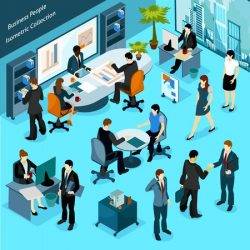
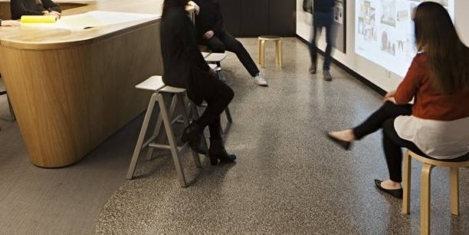
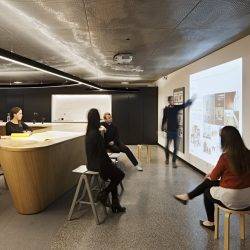
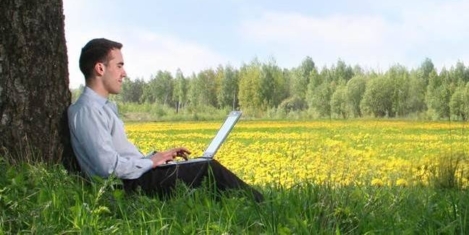
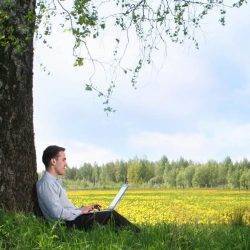
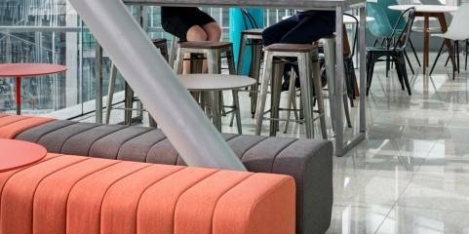
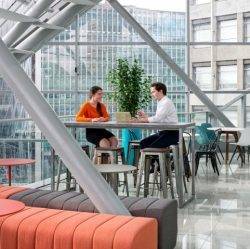












December 13, 2017
The ups and downs of wearables for workplace health and wellbeing
by Lee Sadd • AI, Comment, Technology
More →